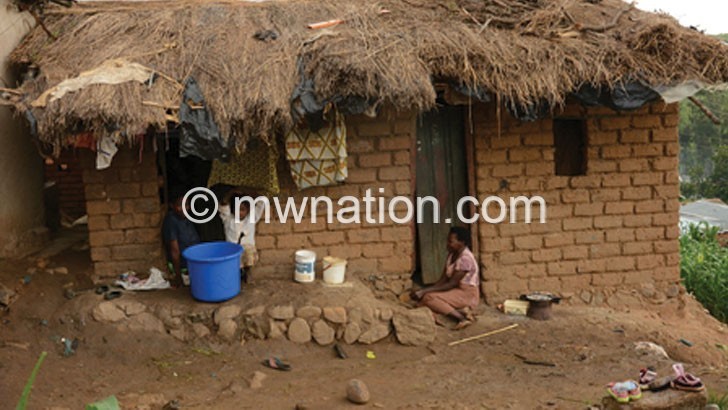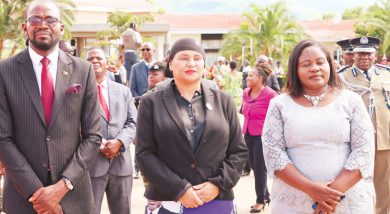Stable economy: Who is benefiting?
Forty-year-old Ellen Botha has done it all. In the past decade, the Rumphi-based citizen has acquired skills in carpentry, motor vehicle mechanics and now she is into painting.
She hopes the skills will reap her benefits despite taking longer than she had envisaged.
Botha recounts her experience: “There are limited opportunities here and I thought perhaps if I become multi-skilled, it could be to my advantage. But it’s the same old story. I rarely get a piece work and if I do, it doesn’t even make it to K50 000 a month to guarantee my survival, aside from the fact that I don’t need to pay rentals as this is my house.

“With no dependent, I thought life could be that easy, but I just have to keep toiling to my last jaw while hoping for the best.”
Her experience is a microcosm of the broader picture with regards to how life is for many Malawians despite the country’s economy being stable for the past few years.
Consumers Association of Malawi (Cama) executive director John Kapito, in an interview on Tuesday, observed that it is difficult to say whether livelihoods of many people have started reaping from the economic gains the country has registered.
With the cost of living at an average of K190 000 per month, Centre for Social Concern (CfSC) economic governance programmes officer Lucky Mfungwe observes that high levels of inequality has made the struggle for economic breakthrough hard for many.
While government insists it has stabilised the macroeconomic environment characterised by low inflation and interest rates and a stable exchange rate, commentators argue the gains are yet to trickle down.
University of Malawi’s Chancellor College economics professor Ben Kaluwa says government authorities need to look beyond economic stability and focus on taming rising inequality, growing poverty and population.
Malawi’s poverty levels remain widespread at 51.5 percent nationwide as at 2017, up from 50.4 percent in 2010, according to the African Development Bank (AfDB).
In rural areas, the report states that poverty stands at 56.6 percent and this extreme poverty is largely because of food insecurity.
On the other hand, Malawians’ incomes are low with GNI per capita of $360 (about K263 000) in 2016, AfDB figures show. GNI per capita is the dollar value of a country’s final income in a year, divided by its population and reflects average income of citizens.
At the same time, the country’s population continues to grow, rising from 13 million 2008 to 17.5 million in 2018, representing a 35 percent increase, according to 2018 Population and Housing Census (PHC) preliminary results.
This, according to the International Monetary Fund (IMF), could hinder efforts of improving the well-being of the people and aggravate poverty because it means more mouths to feed and over-stretched resources.
Minister of Finance, Economic Planning and Development Goodall Gondwe said in his 2018/19 Mid-Year Budget Statement that with such a stabilised macroeconomic environment, Treasury has adopted a stance on robust economic growth rates as an anchor of economic management.
“The sound fiscal and monetary policies have yielded dividends of economic growth and development,” he said.





